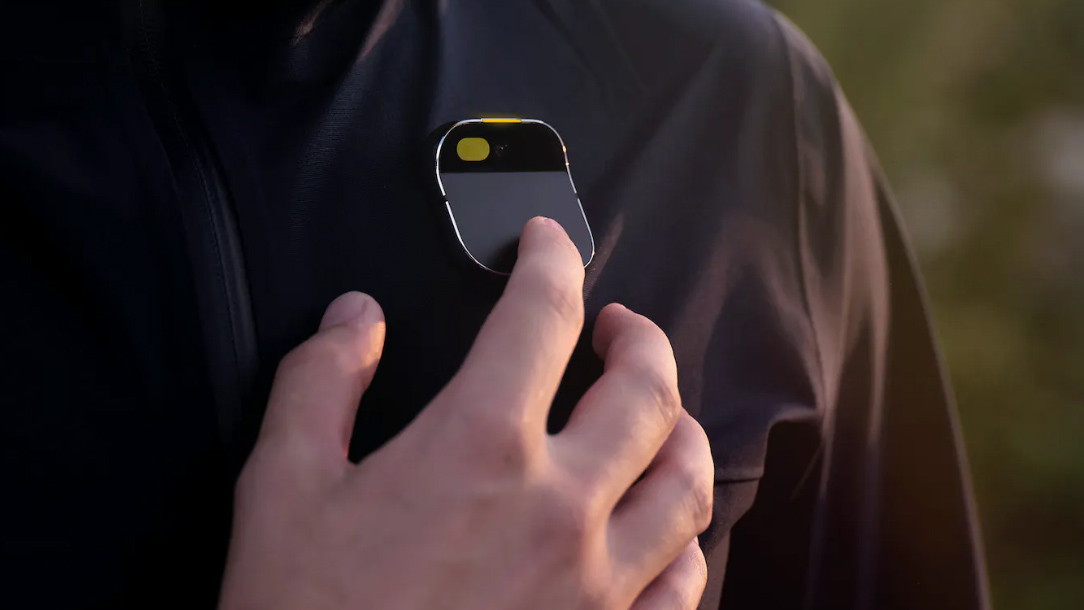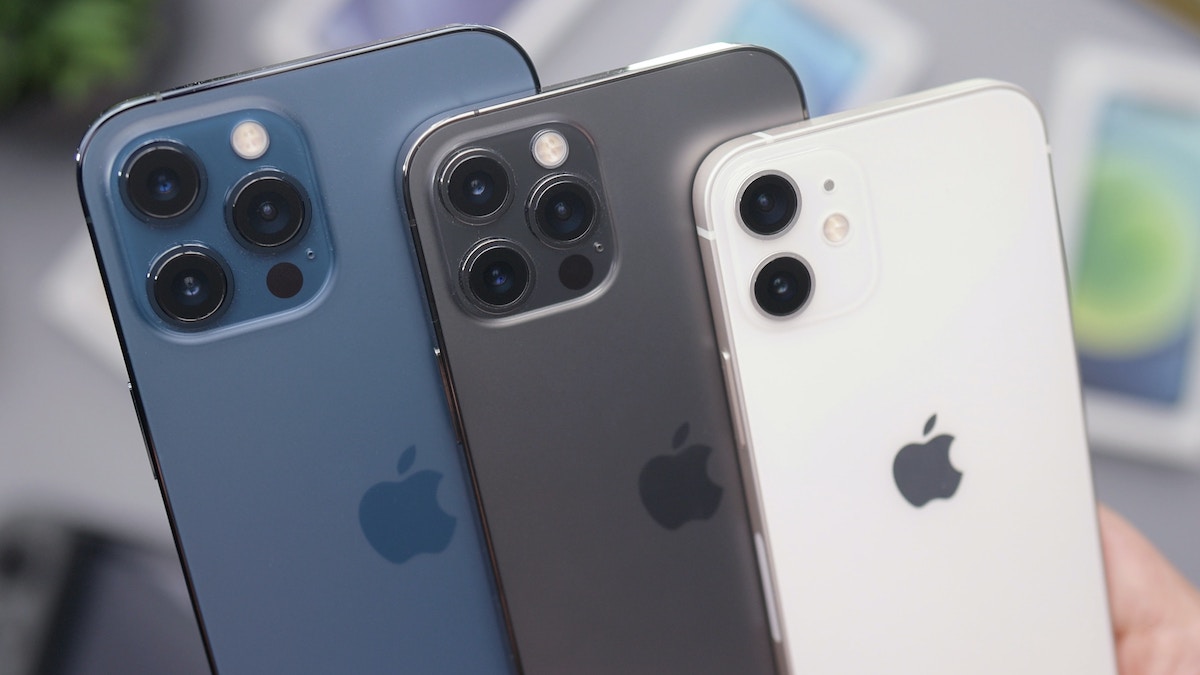Sam Altman and Jony Ive called the announcement of io, an AI device startup purchased by OpenAI, an „extraordinary moment.“
After watching the nine-minute video where the two „friends“ talk about their future business endeavours in a busy San Francisco Café bustling with paid actors, I was left intrigued by the promise of „a new generation of technology that can make us our better selves,“ but confused by the lack of details.
Nine minutes later and anyone that watched the weird corporate romcom of Sam and Jony, has more questions than they have answers. We already knew Ive was working with Altman, yet the announcement that OpenAI is purchasing the startup for $6.5 billion makes it all feel that little bit more real.
OpenAI wants whatever io creates to be its magnum opus, and honestly, considering Ive’s track record, I wouldn’t be surprised in the slightest if it is. But still, I’m left more confused at the prospect of what it could be than what it won’t be.
Following the reveal, the WSJ, Bloomberg, and other outlets published articles that give further insight into what io’s first product could look like. I’ve read the piece, I’ve scoured past rumors and articles, and I’ve come up with five clues that give us an idea of what to expect from this upcoming ChatGPT-powered hardware.
Here are the top five clues that hint at what Sam and Jony could be working on.
1. An AI device like we’ve never seen before?

It’s hard to even fathom what a dedicated piece of AI hardware could look like if it’s not similar to those that have come before it. Last year, we saw the market flooded with products like the Humane AI Pin and the Rabbit R1, which both failed to make an impact.
After the announcement of io, Ive spoke to Bloomberg, where he said Humane and Rabbit ‚were very poor products,‘ he added, ‚There has been an absence of new ways of thinking expressed in products.‘
Following the announcement, Altman gave his OpenAI staff a preview of what’s to come, and according to Bloomberg, ‚The product will be capable of being fully aware of a user’s surroundings and life, will be unobtrusive, able to rest in one’s pocket or on one’s desk.‘
I’m no genius, I definitely couldn’t have come up with the concept of the iPhone, but to me this sounds like a Jony Ive-ification of a dedicated ChatGPT smart pin.
2. It won’t be a wearable (in the traditional sense)

If io’s first product can sit on your desk or get thrown in a pocket, then it’s not going to be competing with the Apple Watches of the world. Instead, the duo told the WSJ its intent is to „wean users from screens.“
It’s also not a pair of glasses like the Ray-Ban Meta glasses and „Ive is skeptical about building something to wear on the body.“
That doesn’t really whittle it down, but it does continue to paint a picture similar to the form factor of the Humane AI Pin. I can’t help but envision a small AI-powered device that can be placed anywhere, and is able to interact with a user in the same way we would interact with ChatGPT Advanced Voice Mode or Gemini Live.
Another hint Altman and Ive gave the WSJ is that the product will be „capable of being fully aware of a user’s surroundings and life,“ and „unobtrusive.'“Again, painting the picture of a small smart pin that you can place anywhere.
3. It will sit alongside your iPhone and Mac
The io AI device „will be a third core device a person would put on a desk after a MacBook Pro and an iPhone“, according to Ive and Altman, providing an experience that’s not really been possible up until this point.
In the nine-minute conversation between the two, Altman explains how we currently interact with ChatGPT. He says, „I would need to reach down into my bag, get out my laptop, open it up, launch a browser, I’d start typing, and then explain that thing, then hit enter, then I would wait for a response. That is the limit of what a laptop can do, and I think this technology [ChatGPT] deserves much better.“
Now, there’s likely a lot of marketing speak here, but the duo seems convinced that whatever they are working on will redefine modern technology and give us the best way to interact with the capabilities of ChatGPT.
In February I wrote about this rumored device, and I said, „I’m not totally convinced of the idea of a dedicated AI device, but if OpenAI’s product connects via Bluetooth, adding some kind of bracelet or pin that directly interacts with ChatGPT and all its power on your smartphone, then this could be the next step in the evolution of smart wearables. I’d love to be able to quickly transcribe audio directly from a ChatGPT-powered pin, for example, and then read back the information on my iPhone. The device wouldn’t need a screen in this scenario, because your smartphone ultimately functions as the user interface.“
Three months later, and while this quote from Ive and Altman hints at a standalone device rather than one that connects to your smartphone, I think that idea of what the user experience could be is pretty spot on. Then again, as I said above, I’m not the inventor of the iPhone, I can barely understand why the clocks change twice a year.
4. It won’t be a smartphone

OpenAI plans to ship over 100 million units of this device that Altman hopes is the beginning of a „family of devices.“ He sees Ive’s hardware credentials at Apple as a blueprint towards creating a successful new genre of product that captures the AI hardware market.
If the previous entries hadn’t made it somewhat clear, this ChatGPT-powered device will not be a smartphone. Whether that means it won’t be a smartphone, yet, and io could work on a device to compete with the iPhone and Android smartphones in the future, we don’t know. But the first product that comes out of this company will not try to compete with Apple’s best-selling device.
5. No one knows, and that’s exciting
Listen, I know the marketing video was as cheesy as it comes. I know, we’ve been burned by tech companies time and time again. Heck, even Apple, with its fantastic track record, was unable to ship Apple Intelligence like it promised.
That said, there’s something incredibly exciting about the promise of innovation. Obviously, just because Jony Ive is working on a product doesn’t confirm a good one. I’ll die on a hill saying the iPhone 5C sucked.
However, you’ve got one of the most powerful companies in the world, which is creating, love it or hate it, the most impressive software we’ve ever seen, and it’s teaming up with the man who designed the biggest consumer tech innovation of the 21st century.
Whether io’s product itself is a success or not is anyone’s guess, but the prospect of a new way of interacting with technology and AI is something that’s definitely got me interested.
io’s first product is expected to launch in 2026, who knows how far AI will have come by then.
